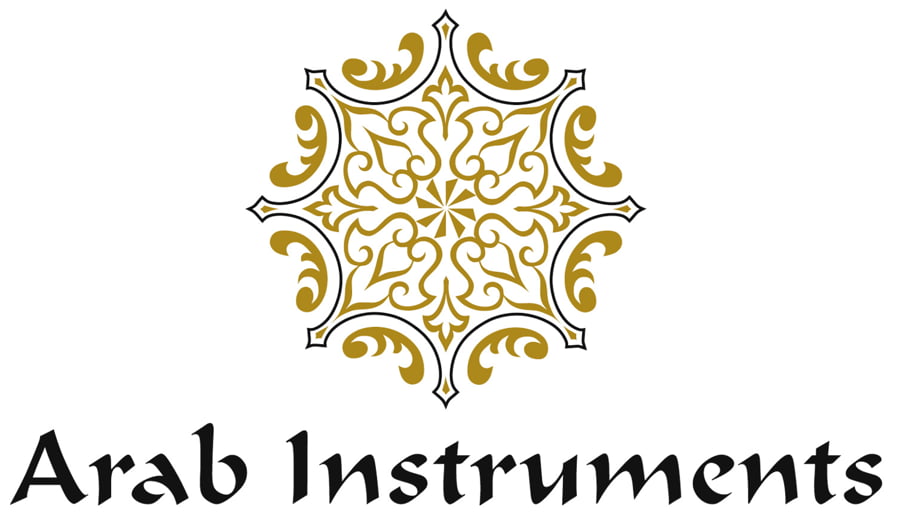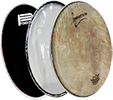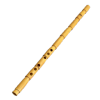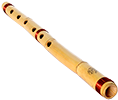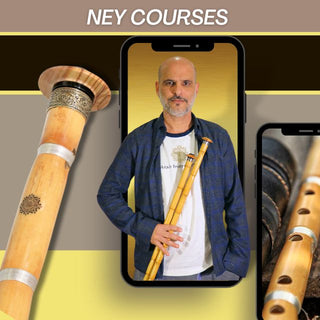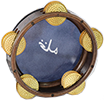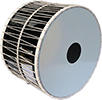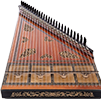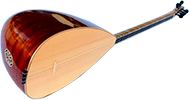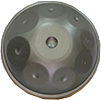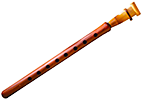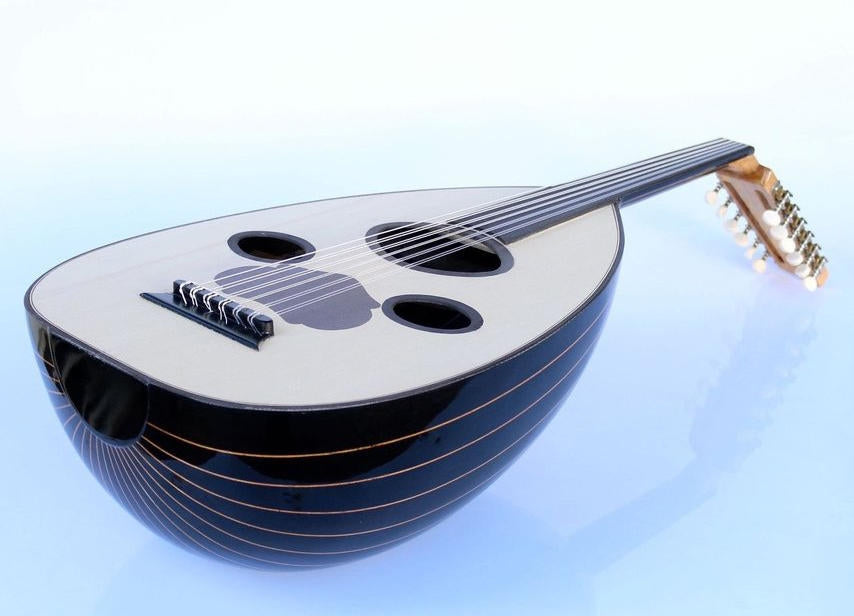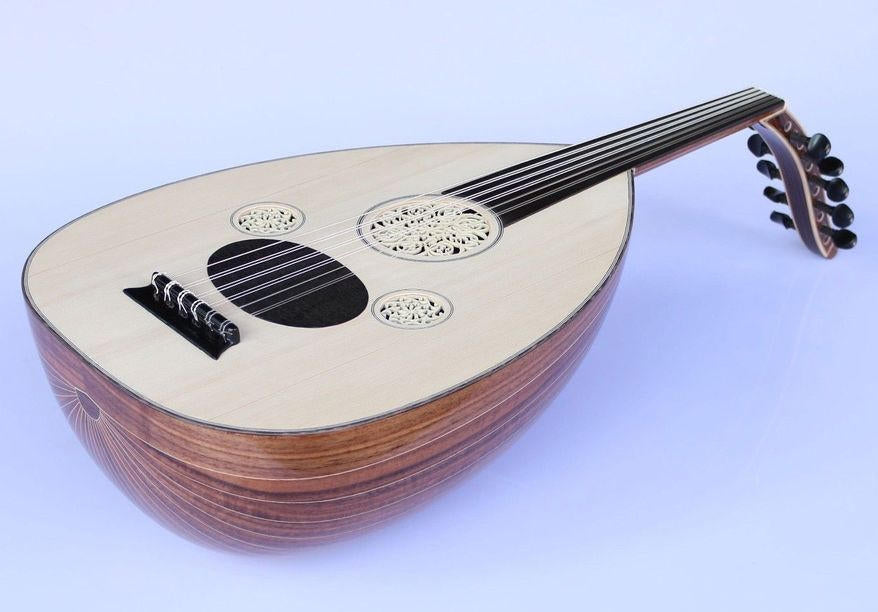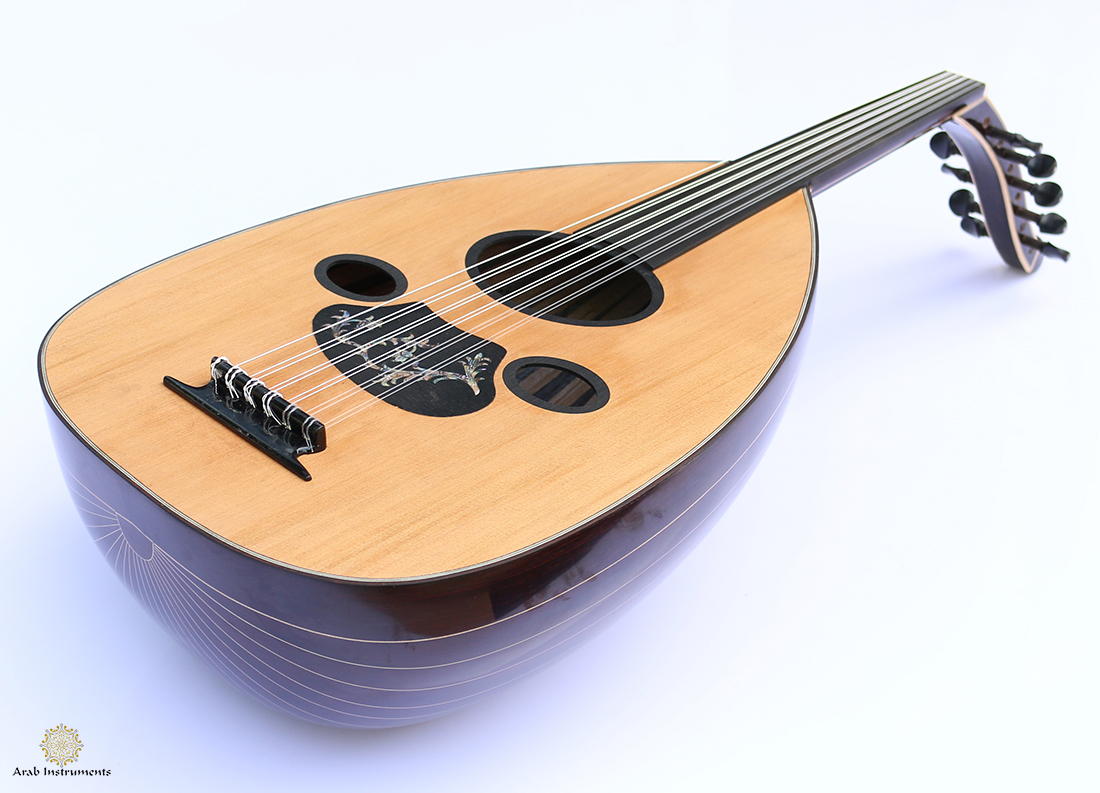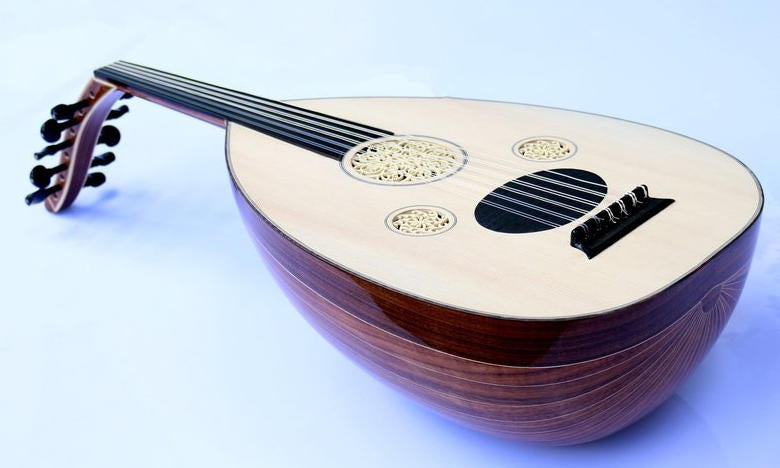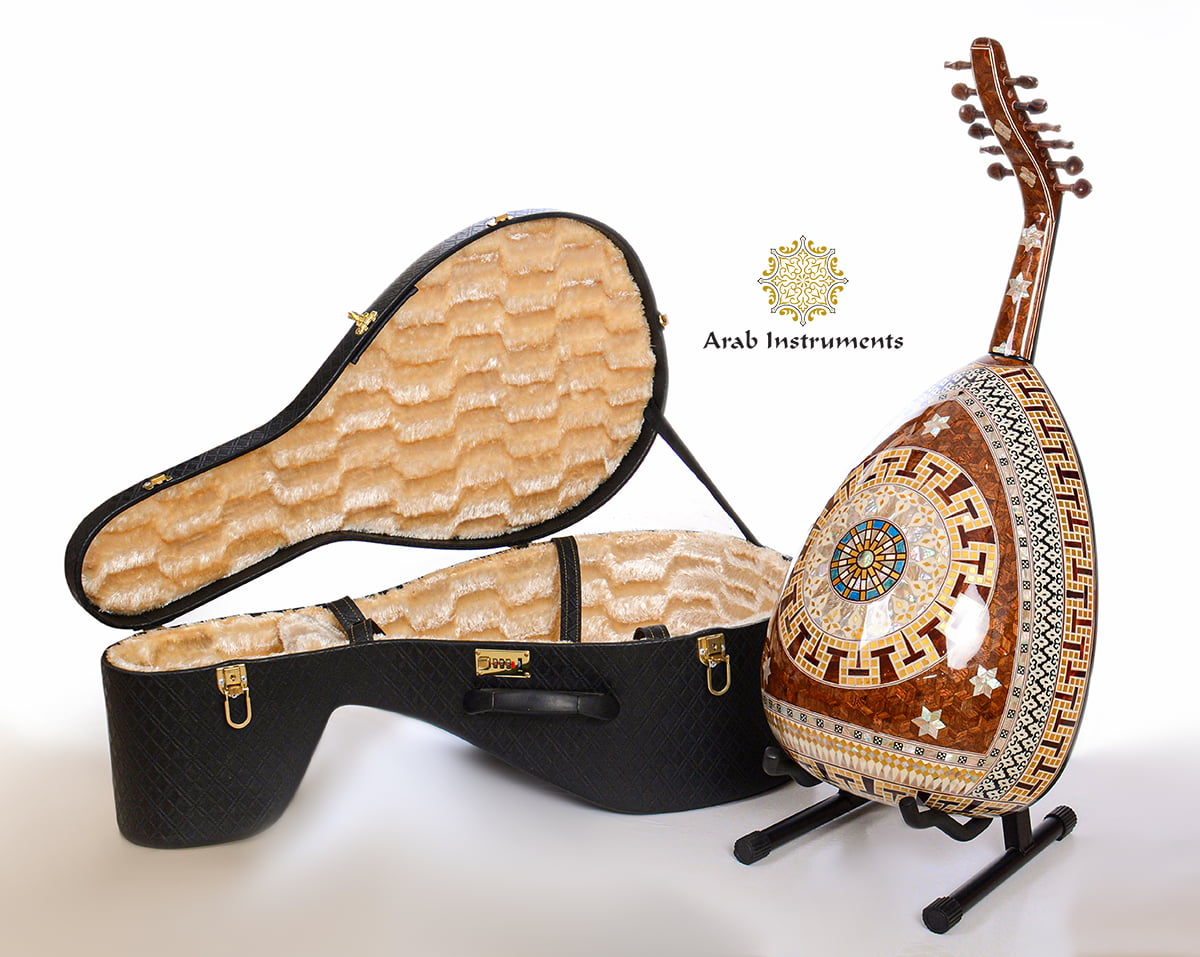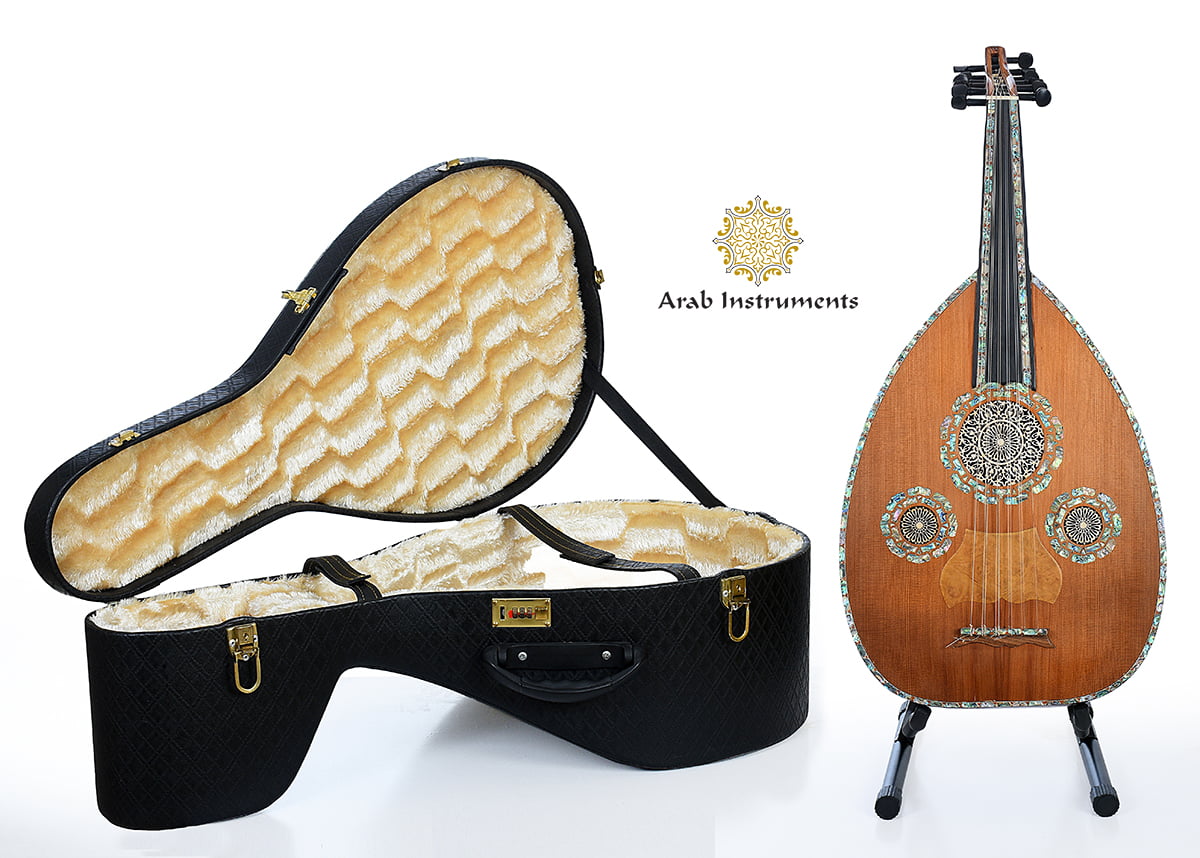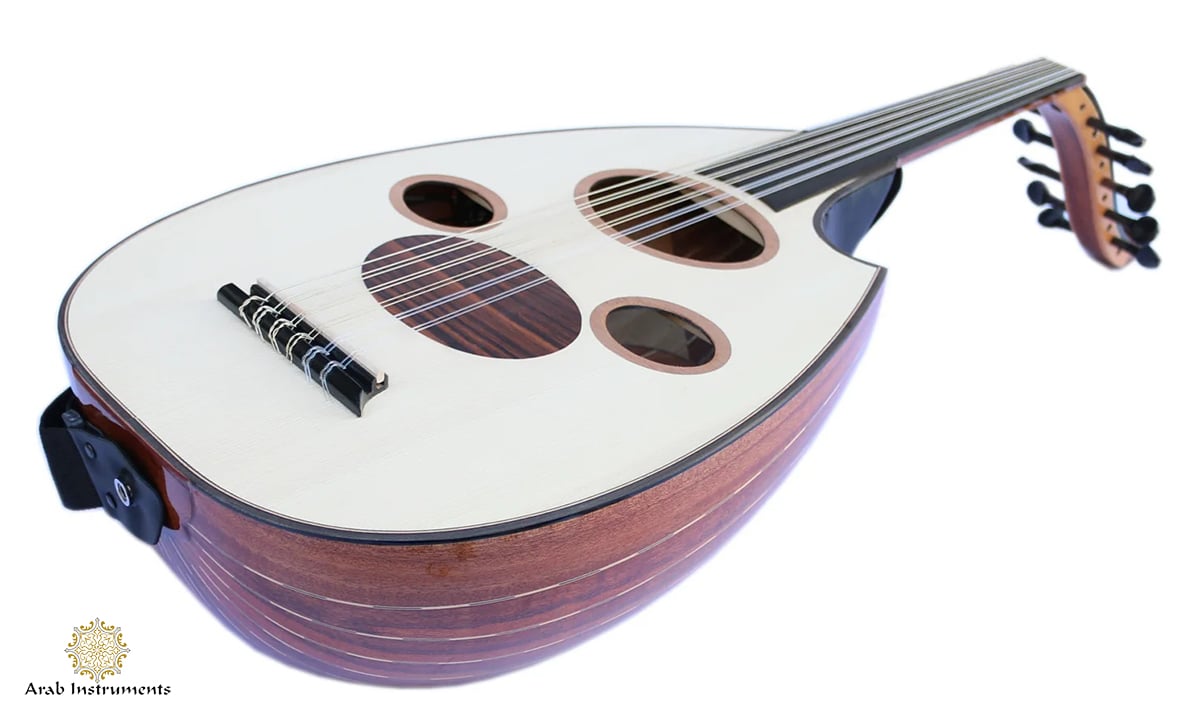The Oud Musical Instrument
The Oud Instrument
In the Arab origin, Oud is considered to be “the king of instruments”. It is assumed that the name al-oud is derived from the Arabic for “the wood” and came to Europe through North Africa. There will be nothing wrong to say that in Arab, the oud is considered to be the oldest musical instruments. In fact, it is the most central instrument in the Middle Eastern music tradition. Some others believe that it is the ancestor of the Pharaohnic Egyptian Nefer, whereas, some others say that this instrument is the forebear of the ancient Persian barbat. Beside this, oud is also known as the ancestor of the European lute.
Design of the Oud
The sound of the Oud vibrates within its hollow body. It is made of a rounded back, which is enclosed with a soundboard, a flat sheet of wood, whereas, the backside of it is made of 15-25 strips of wood. Usually, the open side of the back portion is known as the rosette.
There are mainly 2 distinctive features of this musical instrument- one is its pear-shaped body and the second is its fretless neck. On the other hand, the body of this instrument has 1-3 sound holes, which usually remains decorated with purfling. But this decoration never creates a bad impact on its sound quality. Oud’s body usually looks like a big gourd and it is made of a complex system of thin wood staves. The upper part of this instrument on other hand is made of lightwood.
Oud Defining Features
Some of the defining features of this instrument are as follows:
- Strings- this instrument consists of 11 strings. Among them, 10 strings are paired together, whereas, the lowest string remains single.
- Peg box- from the neck of the oud, the peg box is bent back at a 45-90° angle.
- Sound Holes- this instrument usually has 1-3 oval or circular shaped sound holes.
- Body- the body of the oud has a staved and bowl-like back.
These are undoubtedly some of the most important features of this wonderful musical instrument, Oud.
